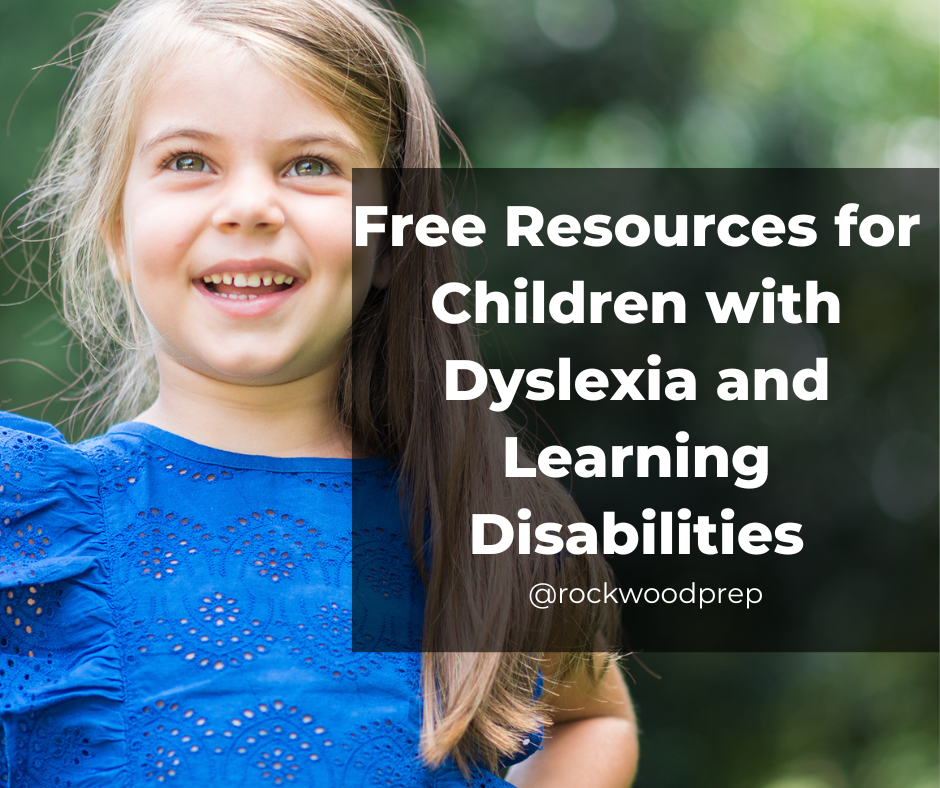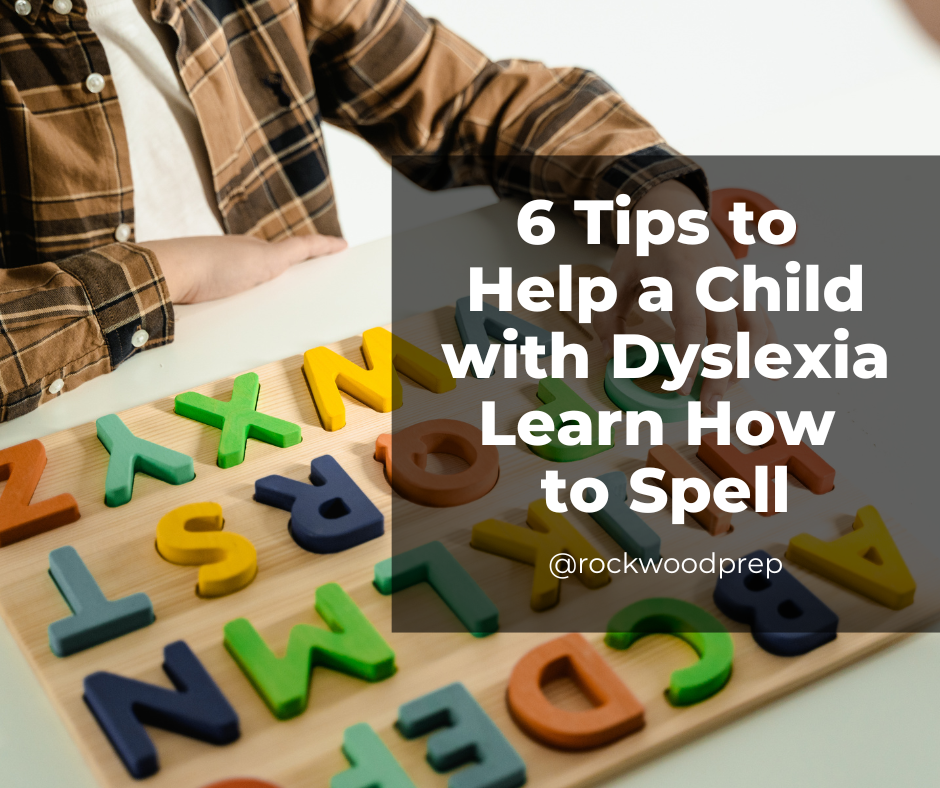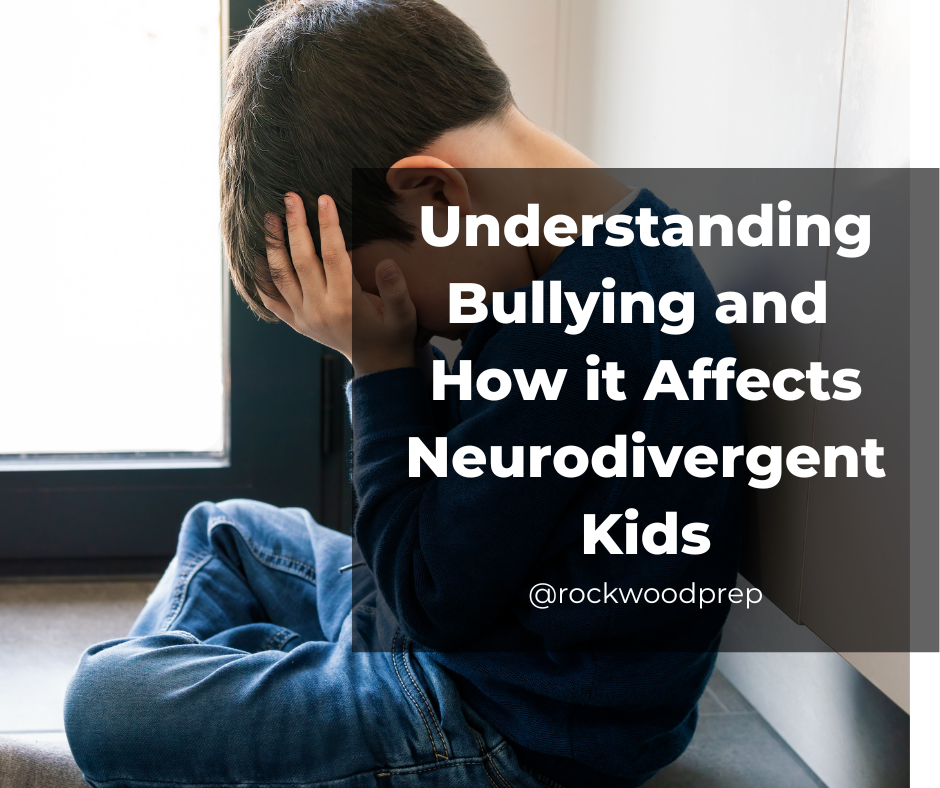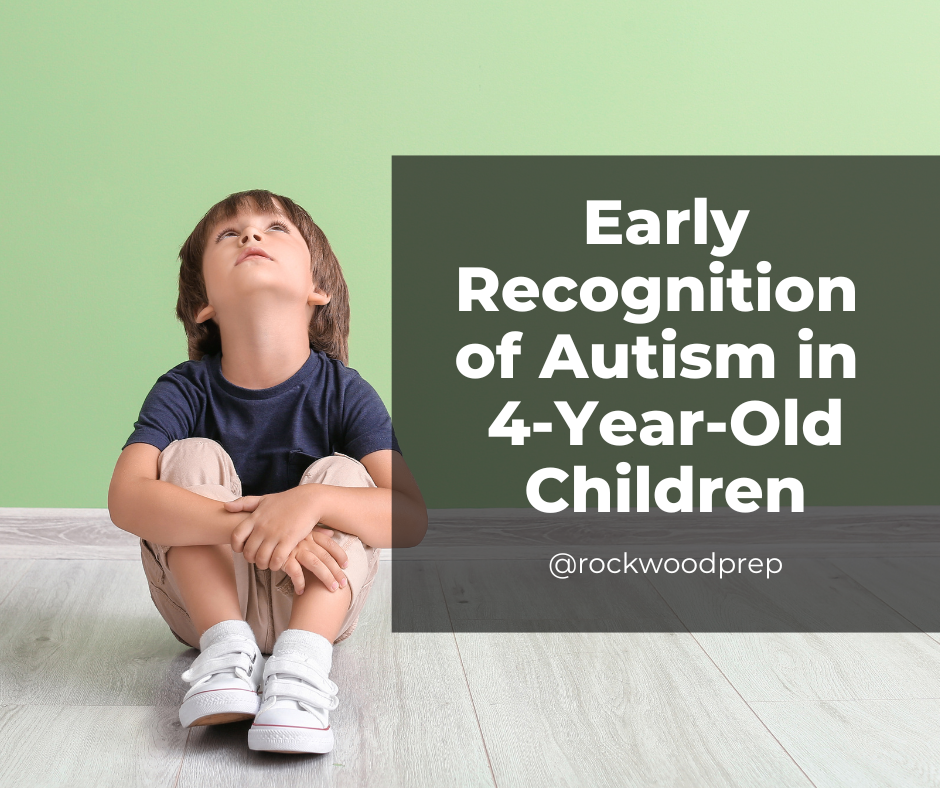
If you’ve ever watched your child interrupt conversations, grab a toy before asking, or melt down when told “not yet,” then you know how challenging impulse control can be. This is especially true for children with ADHD, autism, or other learning differences, but there are activities you can use to help your kids learn impulse control.
“Impulse control is a skill that takes time and consistent practice to develop, so we shouldn’t make it about good or bad behavior. Impulse control and about how a child’s brain processes information, emotions, and reward.” -Marci Gabriel
Understanding why impulsivity happens is the first step toward helping your child learn to pause, think, and choose differently. Keep reading to learn about the struggles children have with impulse control, the activities that you can use at home to help them overcome this challenge, and how ABA therapy can support you in your efforts.
Why Children Struggle with Impulse Control
The Brain’s Executive Function Is Still Developing
Impulse control is part of what psychologists, call executive function. Executive function is the brain’s management system that helps us plan, organize, and make decisions. These skills are governed by the prefrontal cortex, which continues developing well into early adulthood.
According to research from the Harvard Center on the Developing Child, self-control, working memory, and flexible thinking grow slowly throughout childhood and adolescence. For many kids, especially those with ADHD or autism, that development simply takes longer, so we must be patient and consistent.
Neurological Differences Affect Regulation
Children with ADHD, autism spectrum disorder (ASD), or learning disabilities often have differences in how their brains regulate dopamine, a neurotransmitter linked to reward and motivation. This makes it harder to pause before acting or to see delayed rewards as motivating.
FACT: Studies show that children with ADHD experience reduced activity in the brain’s inhibitory networks and delayed maturation in the prefrontal cortex (National Institute of Mental Health).
These neurological factors are not a reflection of willpower they’re part of brain development.
Emotional Overload and Sensory Input
Impulse control can crumble when children feel overwhelmed by noise, crowds, transitions, or emotions they don’t yet know how to express. For children with autism or sensory processing differences, environments that are too bright, loud, or unpredictable can cause the nervous system to go into “fight or flight” mode, making impulsive behaviors like shouting, running away, or hitting more likely (Frontiers in Integrative Neuroscience, 2020).
Lack of Modeling or Practice Opportunities
Kids learn self-control by watching adults and through guided practice. When adults frequently intervene or overcorrect without teaching alternatives, children may miss the chance to develop internal control. However, impulse control can be taught through consistent, low-stress activities that build awareness, patience, and emotional regulation.
15 Activities That Help Kids Strengthen Impulse Control
1. The “Red Light, Green Light” Game:
Why it works: This classic game teaches waiting and response inhibition.
How it helps: Kids learn to pause when they hear “red light” and move only on “green light.” Add a “yellow light” for slower movement or a “blue light” for something silly (like spinning) to keep it fun and engaging.
2. “Simon Says”
Why it works: Improves focus and teaches kids to listen carefully before acting. Encourage your child to take turns being “Simon.” This develops leadership and builds awareness of rules and timing.
3. Freeze Dance
What to do: Play music and have your child dance. When the music stops, they freeze. This activity teaches body control, self-awareness, and response inhibition in a joyful, non-competitive way.
4. The Waiting Game
How it works: Practice short “wait times” during fun activities. For example, before giving a snack, say, “Let’s wait 10 seconds together.” Use a timer or count out loud. Gradually extend the waiting period as your child’s tolerance grows.
5. Storytelling for Self-Regulation
Read books where characters face temptations or challenges. We like Llama Llama Mad at Mama or What If Everybody Did That? children’s books. While reading, pause and ask: “What could they do instead?” or “How do you think they feel right now?”
This activity strengthens emotional literacy and the ability to imagine consequences before acting.
6. Breathing Breaks
Teach simple breathing exercises: “Smell the flower, blow out the candle.” Deep breathing helps activate the parasympathetic nervous system, calming emotional reactivity (Harvard Health Publishing).
7. Practice “Stop, Think, Act”
Create a visual cue like a stop sign magnet on the fridge. When your child feels impulsive, remind them to pause and identify how they feel before acting. Over time, this becomes an internalized self-talk habit.
8. Play Turn-Taking Board Games
Games like Candy Land, Chutes and Ladders, or Uno teach patience, waiting, and dealing with frustration. Don’t forget to praise your child for taking turns, following rules, or handling a loss calmly.
9. Use a Feelings Chart
Display a simple chart with faces representing emotions. Ask, “Which face are you right now?” or “What can help you move to calm?” This activity builds emotional vocabulary increases self-awareness, which supports better control over behavior.
10. Create Predictable Routines
Consistency reduces anxiety and helps children know what’s coming next. We suggest using visual schedules for neurodivergent children to lessen uncertainty and support smooth transitions.
11. Teach Mindfulness in Small Moments
Try one-minute mindfulness: “Let’s listen to every sound we can hear right now” or focus on sensations like “What does your chair feel like under you?” Mindfulness practices improve attention and impulse control in children (Journal of Applied School Psychology, 2019).
12. Practice “Do-Over” Moments
When an impulse leads to a problem, calmly say, “Let’s try that again.” Have your child re-enact the moment using self-control. This simple exercise turns mistakes into learning opportunities instead of punishments.
13. Encourage Physical Activity
Regular exercise improves dopamine regulation and executive function (American Journal of Play, 2018). Activities like martial arts, swimming, or yoga strengthen focus and self-discipline in fun ways.
14. Use Positive Reinforcement
Notice and praise small victories: “You waited your turn so patiently!” The idea is to reward effort, not perfection. Positive feedback helps wire the brain for continued self-regulation.
15. Model Calm Behavior
Children learn best by watching. Narrate your own self-control in real time: “I really wanted to yell, but I took a deep breath instead.” Modeling emotional regulation gives children a roadmap to follow.
ABA Therapy and How It Supports Impulse Control
Applied Behavior Analysis (ABA) is a research-based approach that helps children understand and manage their behavior through positive reinforcement and step-by-step learning. It’s especially effective for children with autism and other developmental differences.
ABA therapists use structured, supportive methods to teach impulse control, emotional regulation, communication, and social interaction. Over time, children learn to pause, make choices, and respond to situations with greater awareness and calm.
When families and schools work together, children make faster and more lasting progress. At Rockwood Prep in San Tan Valley, we believe that education isn’t just about academics it’s about helping every child grow emotionally, socially, and behaviorally.
Our programs include on-site ABA Therapy, for children who do not attend our private school. We focus on giving children individualized support to strengthen self-control, focus, and emotional regulation. Through collaboration between teachers, therapists, and parents, we reinforce what families are teaching at home by creating consistency, structure, and confidence for every child.





